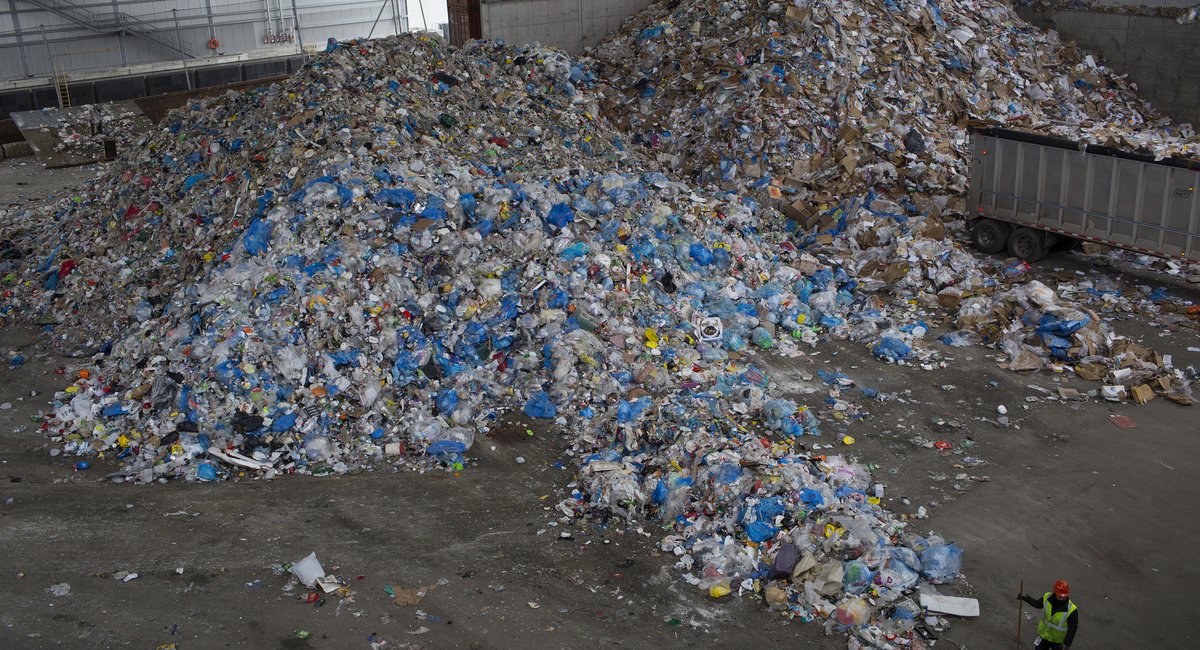Proposed legislation would dramatically reduce the amount of plastics in shipments and on store shelves around New York state — and realize the promise of a weakly enforced recycling mandate that went into effect more than three decades ago, according to environmental advocates.
The Packaging Reduction and Recycling Infrastructure Act, which passed the state Senate’s environmental committee on Tuesday morning, aims to make good on the goals of New York’s 1988 Solid Waste Management Act that established mandatory recycling programs. The bill passed the Assembly’s environmental committee two weeks ago.
The legislation seeks to halve the amount of plastic packaging New York City consumes over the next 12 years. The bill would require businesses to be charged fees based on the amount of packaging created for their products. The bill also bans toxic chemicals — such as pigments used for coloring — that make it difficult to recycle some materials.
The legislation has the support of Mayor Eric Adams, whose representatives were at a rally for the bill on Tuesday in Albany.
“The amount of waste that we are generating now far surpasses what we were generating in the ’80s and it’s projected to triple by 2050,” said Kate Donovan of the Natural Resources Defense Council. “The reality is that [we have a] convenience culture.”
Recycling programs have been mandatory in New York City for more than 30 years, and aim to divert 40% of all its waste from landfills and incinerators. But the city’s diversion rate is currently just 17%, according to the sanitation department.
“The hierarchy for managing solid waste really starts with reducing waste,” Donovan said. “We haven’t made much progress in terms of reducing and actually following the waste management hierarchy, instead we spent most of our time trying to figure out how to manage waste that exists as well as recycle it, which we know has not been the most effective.”
Advocates estimate that single-use…
Read the full article here

Leave a Reply